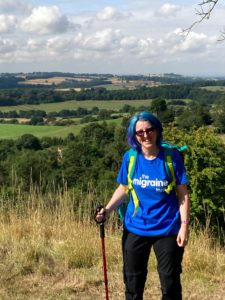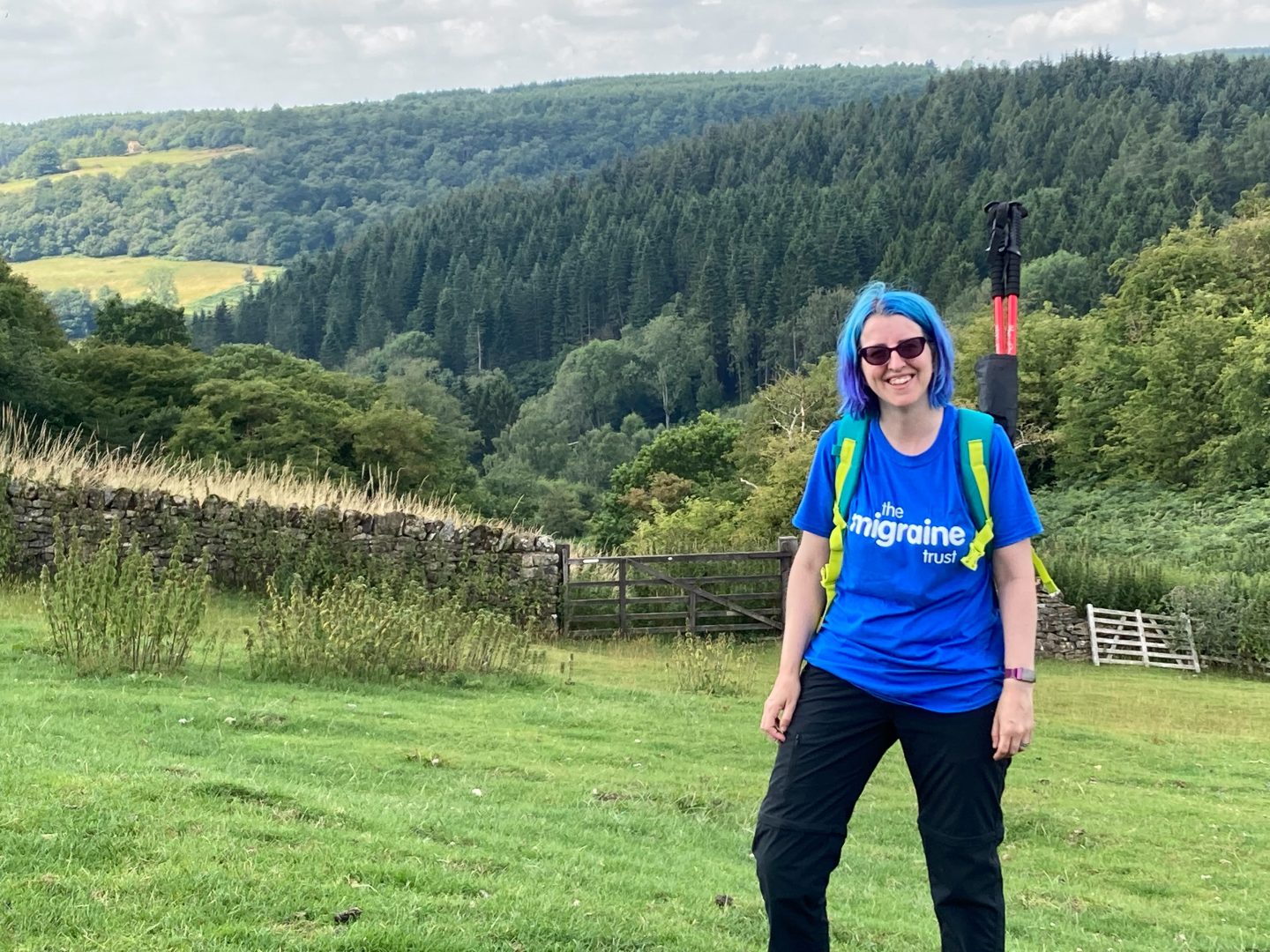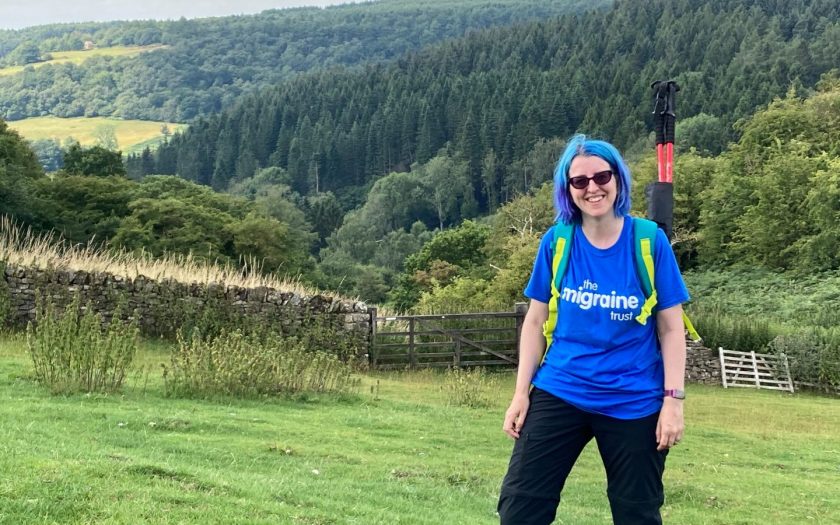From ‘The Migraine Trust’
Daisy – “My personal experience of migraine”
Migraine attacks started for me when I was 29, in 2009, after a period of intense stress. I’d always had headaches before then but I really wasn’t prepared for what migraine would be like and the first time it happened, I thought I was having a brain haemorrhage or something, I thought I was going to die.

When these three-day-long killer headaches were coming about once a month, I saw a GP and I was honestly surprised when they diagnosed me with migraine, because I wasn’t vomiting with it and my perception from the media until then in my life was that migraine had to include vomiting. I didn’t get much support from the GP despite the accurate diagnosis though, and by about a year later, I was already chronic. I moved cities and got a better GP who referred me to the neurology department at the hospital where I was finally seen by experts, and most importantly for me, was put under the care of a fantastic migraine specialist nurse, Jill Murphy. I tried everything there was to try, and I even got to be the guinea pig for the training day of using Botox for migraine at the hospital.
My migraine attacks only worsened though, and I changed from working full time to working part time which helped for a while. Sadly none of it was enough for me to continue working even part time though, and at the start of 2017 I gave up working altogether.
This in no way cured my migraine but it has changed things from no longer having chronic daily headache (where I would go more than a year between single pain-free days). Although my attacks are still frequent (typically one to two a week), instead of them lasting for three days with the acute medications rarely helping, the acute medications now manage to abort the attacks about 80 percent of the time meaning I only lose maybe one day a week to migraine instead of the maybe six days I would lose before I stopped working.

My coast to coast walking challenge for people with migraine
I knew I was going for a week’s holiday with my mum in July 2022, and she is very fit. My fitness was terrible because of having to limit what I do so much of the time to prevent migraine attacks and I didn’t want to ruin our trip because I couldn’t keep up with her. So in July of 2021, I decided to try walking – a low-impact activity which I could do close to the house so if I had any problems, someone could come and help me.
I have a little 1-kilometre circumference lake just a kilometre from my house, and it has benches spread around it and somewhere to sit halfway between my house and it, so I started there. At the beginning I would have to rest on the benches a couple of times, and on the way there and back, just to make it one lap of the lake. By taking it slowly and building myself up though, I was finding that the walking wasn’t triggering migraine attacks like I had expected it to (meeting with family and going for a walk in the past had usually caused a migraine attack for me so I was very apprehensive).
Soon I was bored of lapping my little local lake and started going for walks in the green lands around York. By September I realised that my usual annual summer migraine hell hadn’t really happened that year, I usually spend the autumn slowly recovering from a bad bout of migraine over the summer, but this year that hadn’t happened. The only thing that was different was the walking.
I had a setback in the form of tendonitis for the last quarter of the year but didn’t let that deter me. The walking is clearly helping my migraine attacks and so in December, I set my sights on a much bigger challenge. I roped in a friend who also wanted to improve their fitness and decided to start training towards walking the journey I had always wanted to do, Wainwright’s Coast to Coast walk; nearly 200 miles from the west coast of St Bees in Cumbria, through three national parks of the Lake District, the Yorkshire Dales and the North York Moors through to Robin Hood’s Bay on the east coast in North Yorkshire.
Having this epic challenge ahead is helping me keep going on my training for it, helping my stamina and my migraine, and what better thing to do than to use this challenge to raise money for The Migraine Trust?
Why I am raising money for The Migraine Trust

Daisy Swaffer
When I was diagnosed with migraine, it was hard to know what was good information and what was bad. The Migraine Trust was, and remains to be, my one reliable place I know I can always find out information about migraine, treatments, preventatives, research, workplace advice, etc.
The live events I have been to have not only helped me to understand living with migraine better, but my loved ones too. The Migraine at work toolkit helped me to stay in work for longer once I was with an employer who cared and I know The Migraine Trust is always working on researching and fighting for not only a cure for migraine but for better quality of life for all migraineurs, and importantly raising awareness about what migraine really is and the impact of it.
You can support Daisy’s fundraising here.



